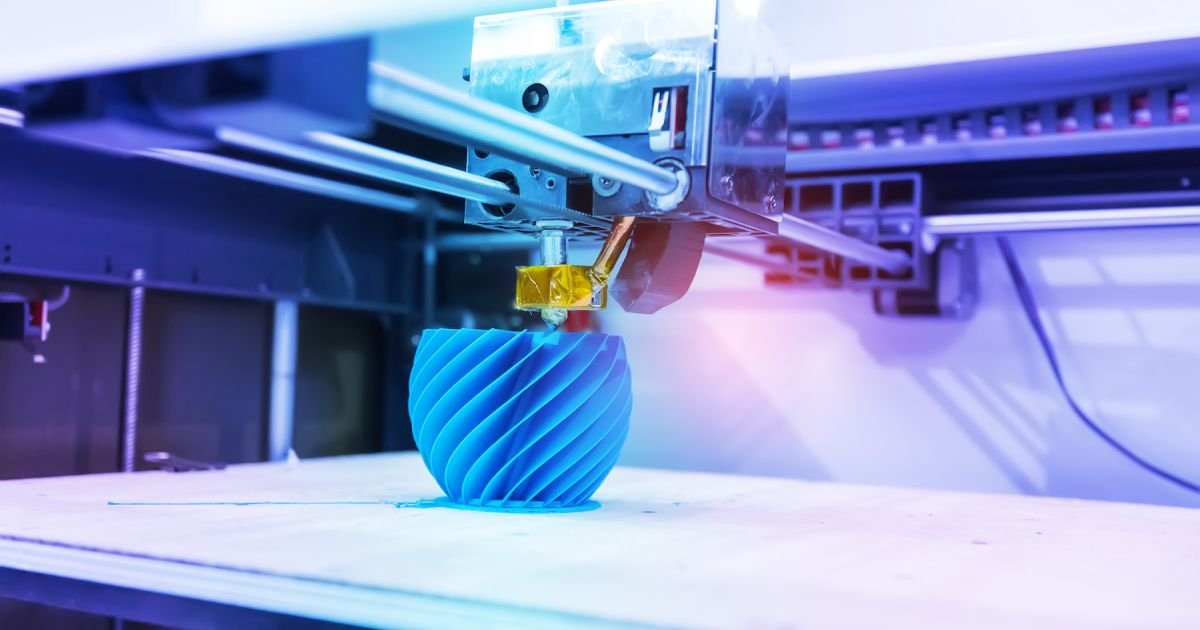Are you curious about the world of 3D printing? Whether you’re a tech enthusiast or simply want to explore the possibilities, 3D printing at home has become an enticing option for many. In this article, we’ll take a friendly approach to discuss the pros and cons of 3D printing at home. From its potential to revolutionize personalized creations to the limitations and challenges that may arise, we’ll provide you with a comprehensive overview of this fascinating technology. So, sit back, relax, and let’s delve into the pros and cons of 3D printing at home.

This image is property of images.ctfassets.net.
Pros of 3D Printing at Home
Affordability
One of the biggest advantages of 3D printing at home is its affordability. In the past, 3D printing was a luxury that only large companies or design studios could afford. However, with the advancements in technology, the cost of 3D printers has significantly decreased, making them more accessible to the average consumer. You no longer need to spend a fortune to own a 3D printer, and this affordability has opened up a whole new world of possibilities for individuals who want to bring their creative ideas to life.
Convenience
Another benefit of having a 3D printer at home is the convenience it offers. Instead of relying on a third-party service or waiting for a product to be shipped, you can now simply design and print your own objects right from the comfort of your own home. Whether you need replacement parts for household items, customized decorations, or prototypes for a personal project, having a 3D printer at your disposal allows you to meet your needs quickly and efficiently. You are no longer bound by the limitations of traditional manufacturing processes.
Customizability
With 3D printing, you have the power to create objects that are tailored specifically to your needs. Unlike mass-produced items, which often come in standard sizes and designs, 3D printing allows for customization and personalization. Whether you want to create a unique piece of jewelry or a one-of-a-kind phone case, you can easily modify and adapt existing designs or create your own from scratch. This level of customization not only adds a personal touch to your creations but also enables you to address specific requirements that may not be met by commercially available products.
Learning Opportunity
3D printing at home also presents a wonderful learning opportunity. Whether you are a student, a hobbyist, or simply curious about the technology, diving into the world of 3D printing allows you to gain valuable skills and knowledge. From learning CAD (Computer-Aided Design) software to understanding the principles of 3D modeling, the process of creating and printing objects at home can be a great way to expand your horizons. Additionally, experimenting with different materials and techniques allows you to develop problem-solving skills and opens up possibilities for further exploration.

This image is property of www.3yourmind.com.
Cons of 3D Printing at Home
Cost of Equipment and Materials
While the affordability of 3D printers has improved over the years, it is still important to consider the initial investment required. High-quality 3D printers can still have a significant price tag, especially those capable of producing complex and detailed objects. In addition to the printer itself, you also need to factor in the cost of materials. Different filaments, resins, or powders can vary in price, and the cost of replenishing these supplies can add up over time. Therefore, it is essential to carefully consider your budget before deciding to invest in a 3D printer for your home.
Limited Printing Size
Another limitation of 3D printing at home is the size of the objects that can be printed. Most consumer-grade 3D printers have a limited build volume, which means they can only print objects of a certain size. This can be a drawback if you have larger-scale projects in mind or if you need to print functional objects that require specific dimensions. However, it is worth noting that larger 3D printers with a bigger build volume are now available, albeit at a higher cost. So, if size is a crucial factor for your intended use, it may be necessary to invest in a more expensive printer.
Print Quality
While 3D printing technology has come a long way, the print quality of consumer-grade 3D printers may not always meet the same standards as professional-grade machines. The layer lines visible on printed objects can sometimes be noticeable, leading to a less polished finish. Achieving high-quality prints often requires meticulous calibration, fine-tuning of settings, and experimenting with different materials. It is important to manage your expectations and be prepared to invest time and effort in learning how to optimize your prints for the best possible results.
Safety Concerns
When it comes to 3D printing at home, safety should always be a top priority. The process of melting plastics or using certain chemicals can release potentially harmful fumes or volatile organic compounds (VOCs). It is crucial to ensure that the area in which you operate your 3D printer is well-ventilated, preferably with an exhaust or filtration system in place. Additionally, some 3D printers can reach high temperatures during operation, posing a risk of burns or fire hazards. It is essential to use caution, follow the manufacturer’s instructions, and be aware of any potential safety risks associated with the materials and equipment you are using.
In conclusion, 3D printing at home offers several advantages, including affordability, convenience, customizability, and a valuable learning opportunity. It allows you to turn your imagination into reality, giving you the power to create personalized objects and address specific needs. However, it is essential to consider the potential drawbacks, such as the cost of equipment and materials, the limited printing size, the print quality, and the importance of safety precautions. By weighing the pros and cons, you can make an informed decision about whether 3D printing at home is the right choice for you.

This image is property of builtin.com.

